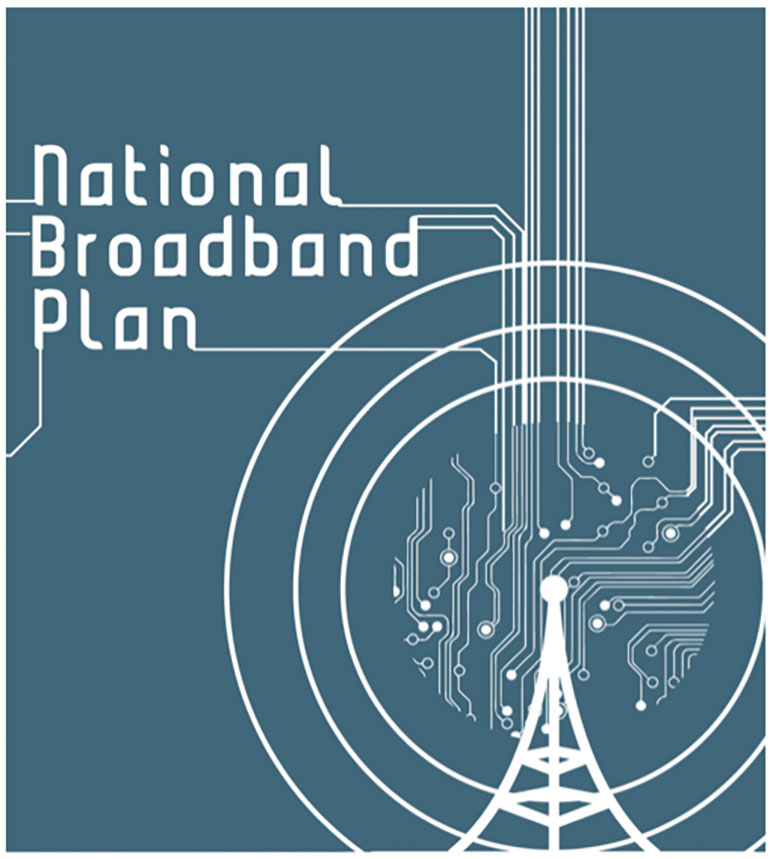The Philippines sees steady gains in internet connectivity

High-speed internet is often defined by fast download and upload speeds that enable seamless online transactions. With an internet penetration rate of approximately 89% in 2024, most Filipinos rely on their devices to access the web, according to Statista.
Recent data from Ookla, a global connectivity intelligence firm, shows that the Philippines ranks 65th globally for mobile internet speeds and 58th for fixed broadband as of February 2025. Mobile users experience an average download speed of 58.83 megabytes per second (Mbps) and an upload speed of 8.63 Mbps. For fixed broadband, average download speeds reach 94.40 Mbps, with upload speeds nearly identical at 94.38 Mbps.
In the second quarter of 2024, Luzon led in fixed internet speeds, with the five fastest regions recording median download and upload speeds exceeding 90 Mbps. Metro Manila and its neighboring provinces attracted the bulk of high-speed broadband investment.
CALABARZON, home to over 16 million people, recorded the highest median fixed download speed at 99.55 Mbps. The region also has the second-largest percentage of households with fixed broadband access at 23.4%, trailing only Metro Manila’s 26.4%.
Eastern Visayas, on the other hand, ranks at the bottom with a median download speed of 38.43 Mbps due to limited broadband infrastructure.
Meanwhile, internet performance in the Philippines has steadily improved over the past two years. Ookla reported that the median fixed download speed increased by 51%, from 62.51 Mbps in the second quarter of 2022 to 94.42 Mbps in the same quarter of 2024. Upload speeds also improved, rising from 58.65 Mbps to 94.13 Mbps over the same period.
Singapore and Thailand lead the region, with median fixed broadband download speeds surpassing 200 Mbps. Malaysia and Vietnam posted comparable speeds at 132.72 Mbps and 135.00 Mbps, respectively.
The Department of Information and Communications Technology (DICT) former Secretary Ivan John Uy said the Philippines now ranks sixth in internet penetration in the region, climbing from ninth place in less than two years.
“If we continue on this trajectory, with a 14% increase in our index in recent years, I’m hoping that by 2028, we will be in the top three in ASEAN,” the former secretary explained. “Our ASEAN neighbors are not sitting back. They are also infusing huge amounts of investments in their Internet connectivity. So, we need to double what they are putting. If they are putting one peso, we need to put two pesos because we’re the ones trying to catch up.”
Push for better internet
The DICT is implementing the National Broadband Plan (NBP), a large-scale initiative to expand broadband access. The program focuses on deploying fiber broadband networks and wireless technology to improve internet speed and affordability.
As part of the NBP, the government launched the National Fiber Backbone (NFB) project to strengthen connectivity and enhance digital government services. The first phase covers Regions I, III and the National Capital Region (NCR), and is set for completion by 2026. Once operational, it will improve internet reliability and extend access to underserved areas.
In 2024, President Ferdinand R. Marcos, Jr. approved the $288-million Philippine Digital Infrastructure Project (PDIP) to complete the country’s national fiber backbone and expand high-speed internet access to underserved areas. The World Bank is funding the project through official development assistance.
The government also continues to expand its Free Public Internet program, which currently serves 9.8 million Filipinos. Mr. Uy reported that the program to date has 13,462 free Wi-Fi sites across 1,401 cities and municipalities, including 3,040 sites in geographically isolated and disadvantaged areas. By 2028, the DICT aims to increase the number of free Wi-Fi sites to 125,000 nationwide.
Beyond government-led efforts, major internet service providers (ISPs) are aggressively expanding their networks. PLDT, which began rolling out fiber-optic infrastructure in 2015, had reached 17.3 million households by the end of 2023. Converge ICT Solutions, Inc., another major broadband provider, added 900,000 new homes in 2023, bringing its total coverage to nearly 16 million homes. Globe Telecom has also continued investing in network upgrades to enhance broadband services in both urban and rural areas. — Mhicole A. Moral



